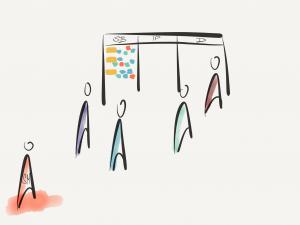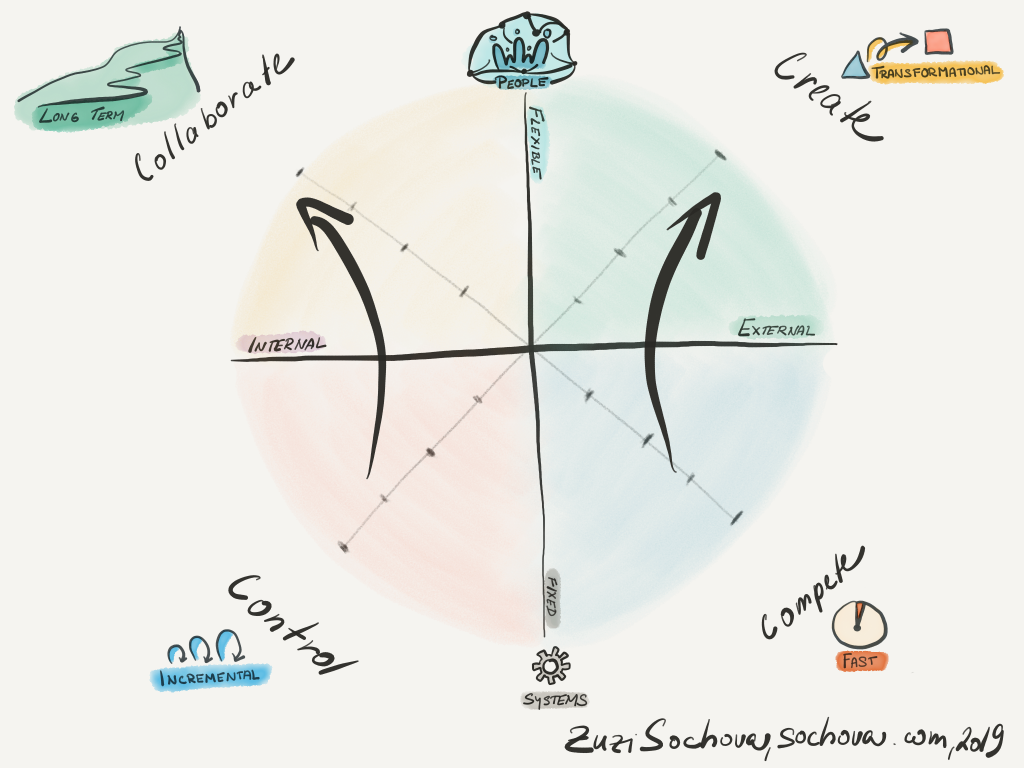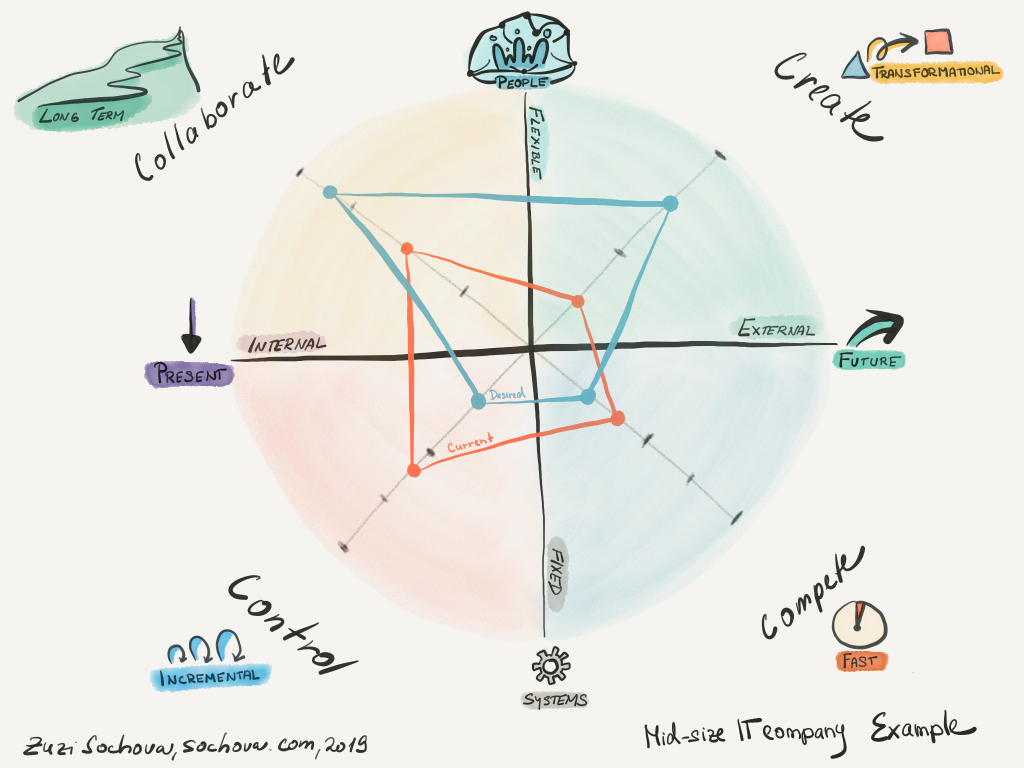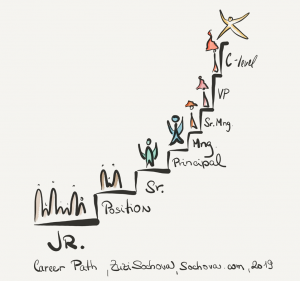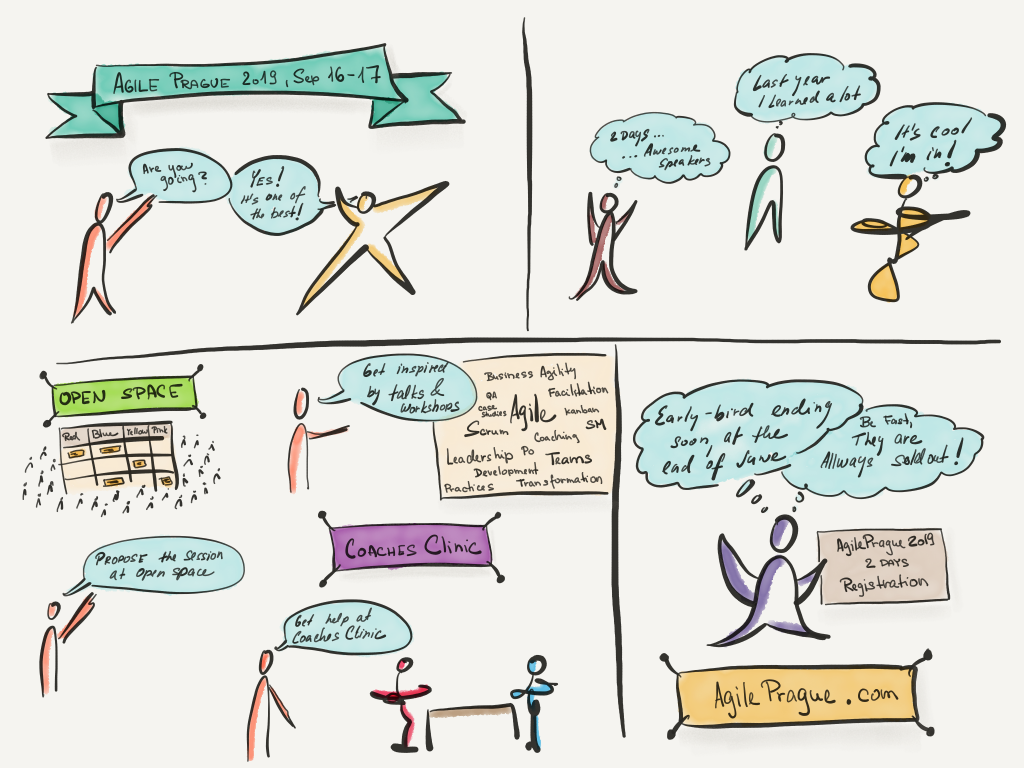I recently posted a quote from a conference saying that “Removing hierarchy and cross-team dependencies made space for strong collaborative teams.” Interestingly, I got many comments and questions about it. So let’s talk about hierarchy and why we don’t need it in Agile space.
But before we dive deeper… What is the hierarchy? – using dictionary definition: “Noun – a system in which members of an organization or society are ranked according to relative status or authority.”
Traditional Organizations Need Hierarchy
Organizations where employees are ‘ranked according to relative status or authority’ is what we inherited from the traditional organizational paradigm which is built on top of the belief that hierarchy is the key – every organization needs to have an org chart, we have to have a clear line of reporting and decision making. And I’m not saying it’s wrong, you can keep all the traditional practices like a career path, positions, performance reviews, KPIs, etc. however such organizational design is not what I’m interested in and has nothing to do with ‘being agile’. Traditional organizations might be still well functioning, applying some frameworks and ‘do agile’, but the mindset at the organizational level is just not there yet.
Agile Organizations Are Flat
What I’m interested in is applying an agile mindset at the organizational level. Help not only individuals to ‘be agile’, but the organization as well. Agile is fundamentally changing the way organizations operate. Agile organizations are built on a new paradigm. They have a team as the key building block and are forming collaborative, creative, and adaptive networks from them. In a team, we don’t have status, and we have no ranking either. All team members are peers, with no positional hierarchy and power. Indeed, you can gain respect from the other team members in a team, but you can also lose it if you don’t bring value to the people around you anymore. It’s flexible and dynamic. All you need is radical transparency, peer feedback, and honest culture with implicit trust. You might say it’s a lot, and I’m far from saying it’s easy. However, once you experience it, you never want back to the traditional world.
Who decides on the process? Teams. In a flat organization, they are not only self-organized, but self-managed (so they are responsible for the processes), self-designing (so they are designing teams), and self-governing (so they are setting overall direction). To get more insights on those terms, see how LeSS defines them. All over, you don’t need much more than what I already mentioned – transparency, feedback, and trust. If that’s too abstract, you can get inspired by Sociocracy 3.0. It will give you more ideas on how to get there.
Who set’s the goals and objectives? No one. They are co-created by the teams, reviewed through radical transparency, and inspected and adapted via frequent feedback to flexibly address the business challenges. At the end of the day, fixed goals are useless in the VUCA world. VUCA stands for volatility, uncertainty, complexity, and ambiguity. In other words, we speak about the world which is not predictable anymore. The cascading goals neither unify nor motivate. The more decentralized and autonomous the organizations are, the higher need is there for a strong evolutionary purpose. Co-created and owned by all. Transparent. You can get inspired by Frederic Laloux’s work.
What about budgets? Who says we need to have a budget in the first place. Again, you don’t need much more than what I already mentioned – transparency, feedback, and trust. Make all the finances transparent, and use instant peer feedback to review it. If that is too radical, you can get inspired by Beyond Budgeting.
All over, I guess you got the pattern. In an agile flat organization, we don’t need most of the traditional practices. All we need is radical transparency, peer feedback, and honest culture with implicit trust. No one is saying that you have to turn your organization into a flat structure and an agile mindset. But if you want to do that, be ready to redesign the way you work entirely.

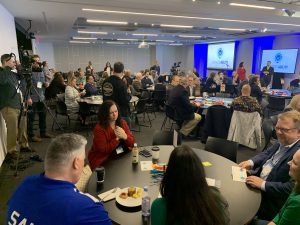
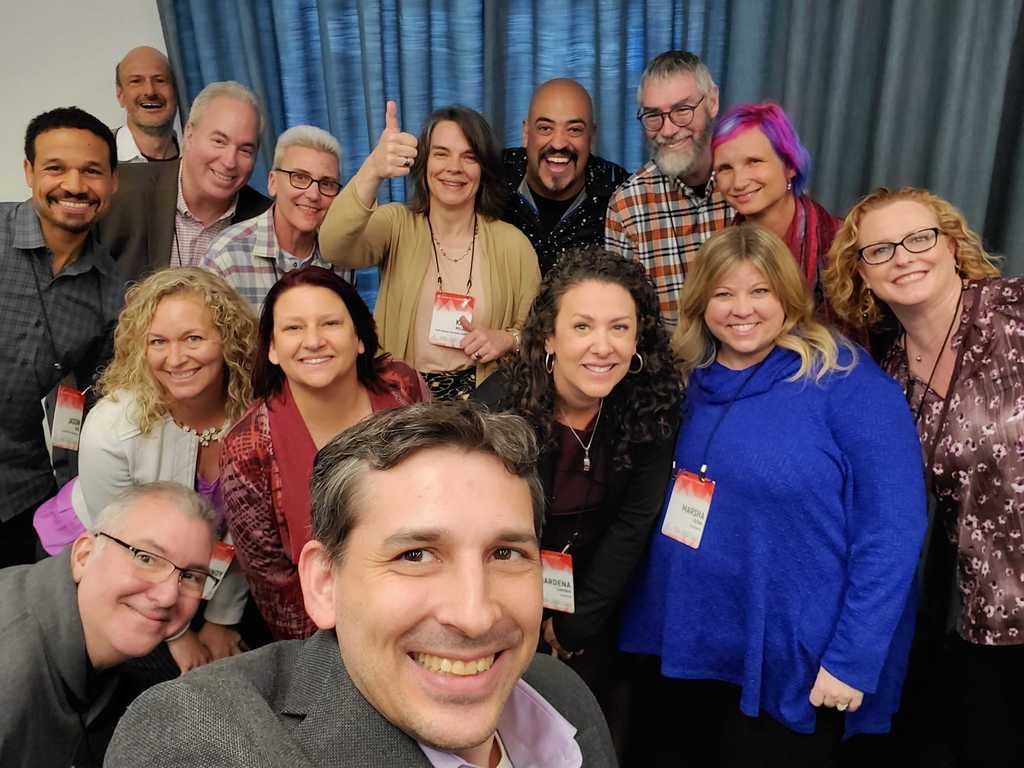
 Good video conferencing is important. I’m using Zoom and I try to see the gallery view most of the time. It’s not like face to face, but it’s not bad either.
Good video conferencing is important. I’m using Zoom and I try to see the gallery view most of the time. It’s not like face to face, but it’s not bad either.

